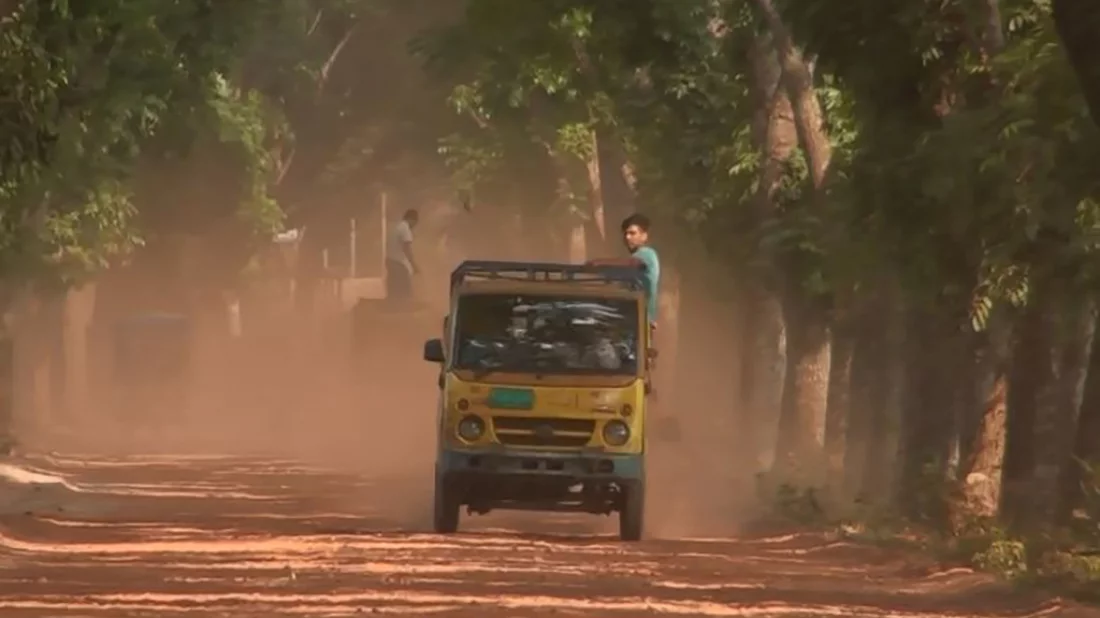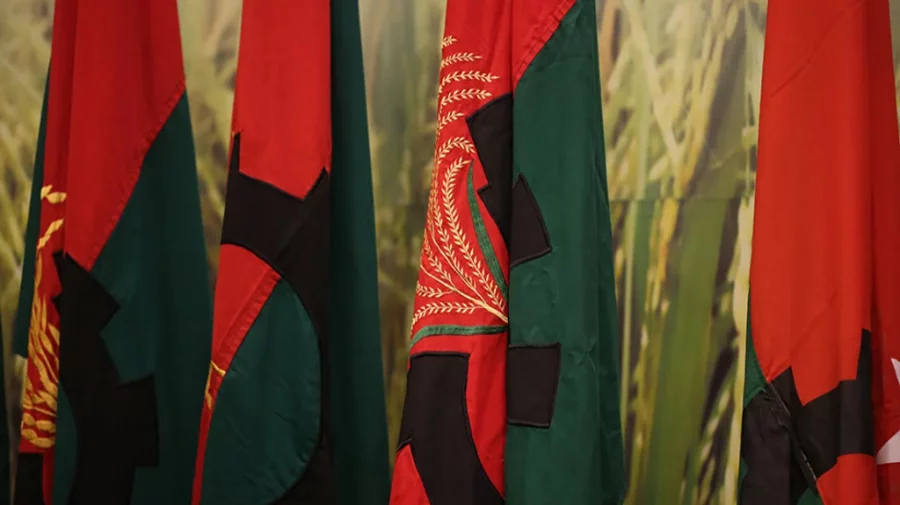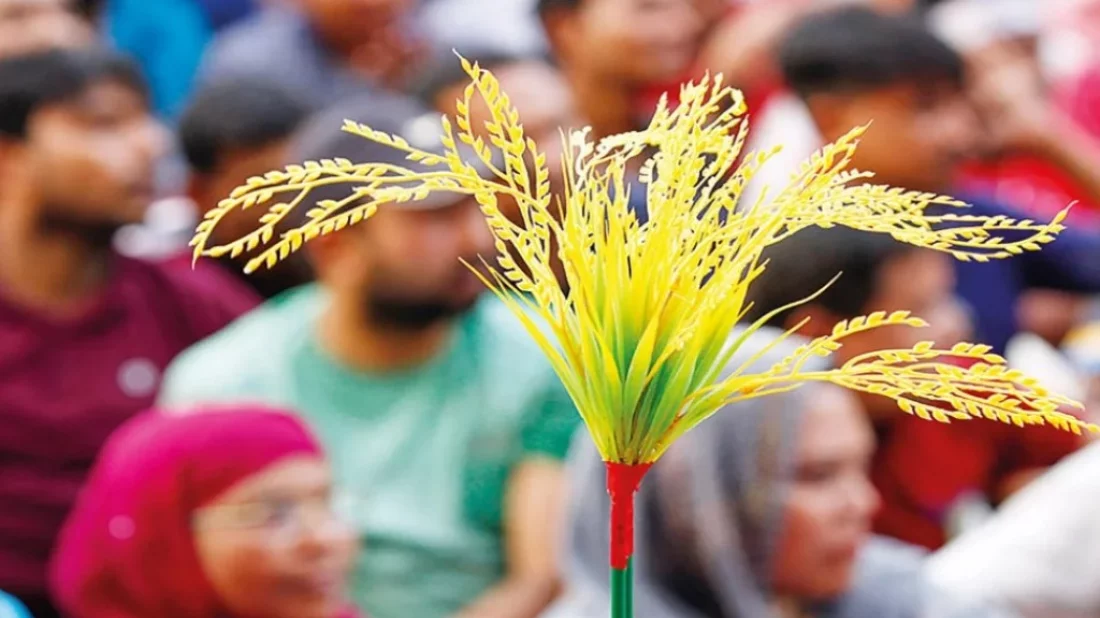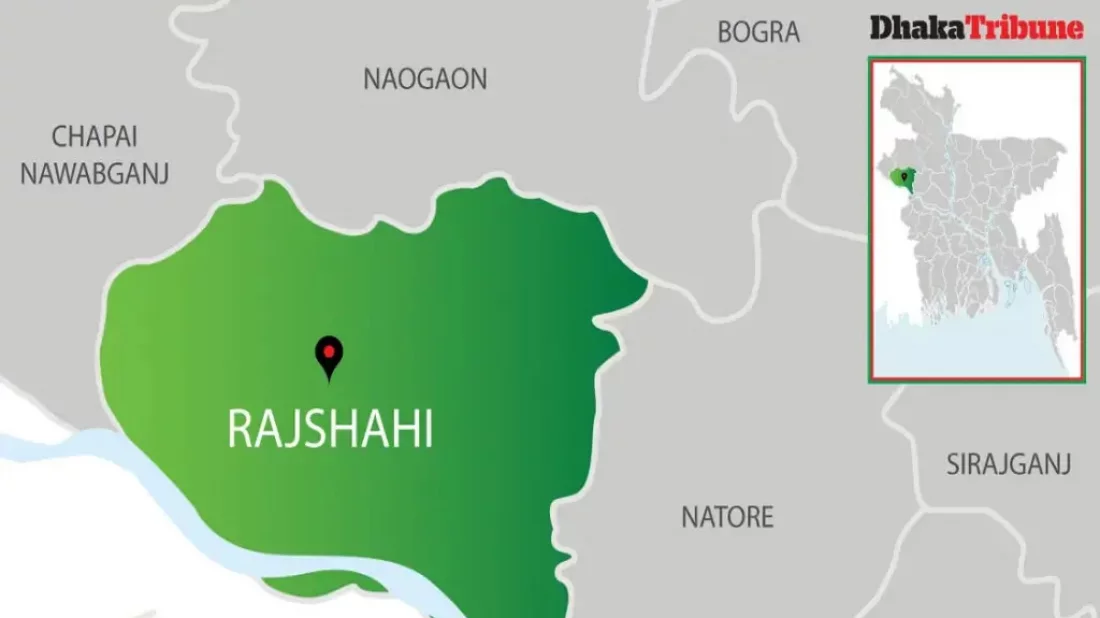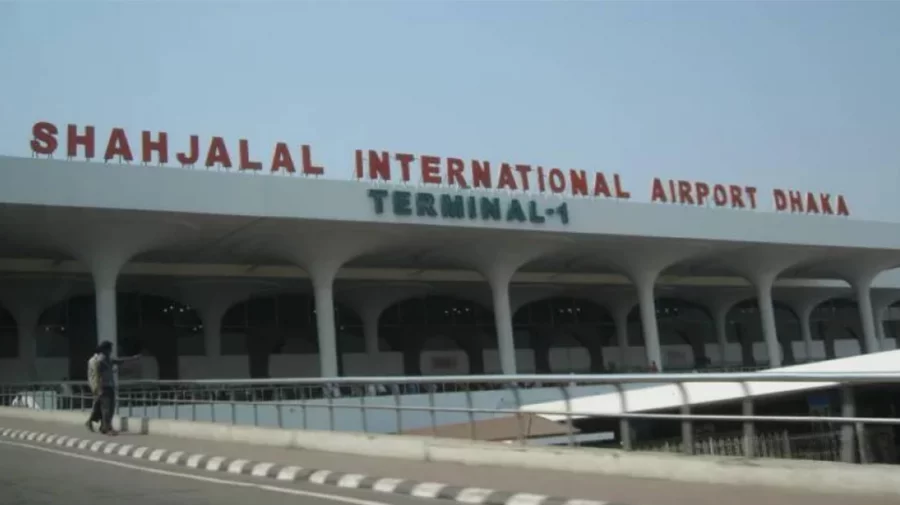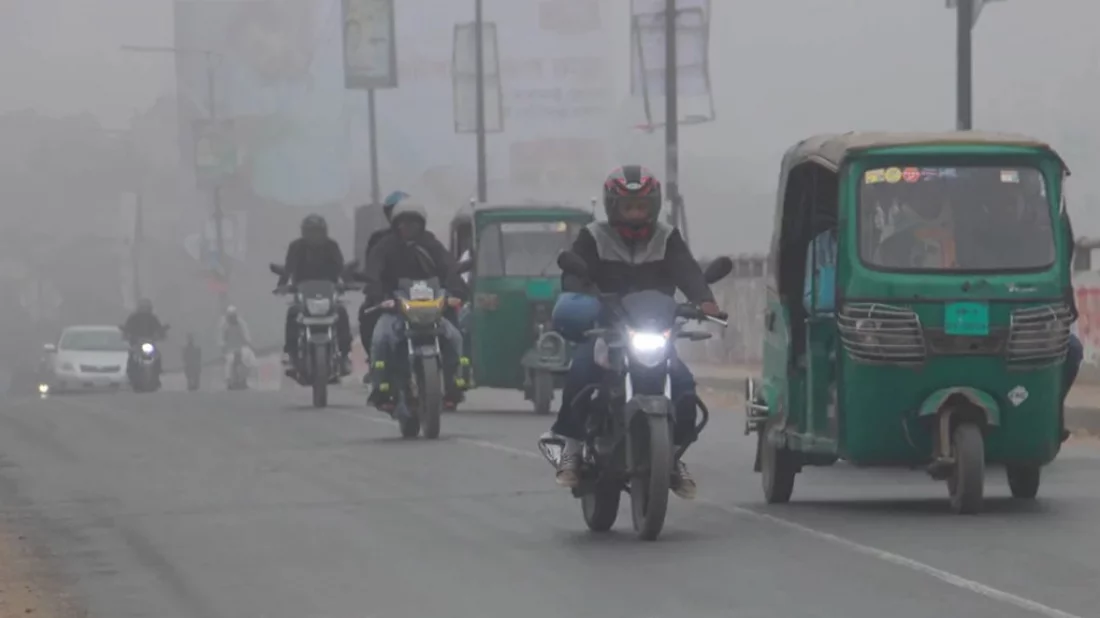
The weather cycle of Bangladesh has changed significantly over the last few decades when people have experienced untimely arrival or departure, longevity of the seasons, and severity of natural calamities—thanks to the adverse impacts of climate change. Geographic location and the presence of greenery are the other key factors that influence weather conditions.
At the moment, the whole country has been shivering in winter since late December, with the poor people of the northern region being badly affected by cold waves and mist due to its close proximity to Mount Everest. From the north, the cold wave is spreading all over the country and has already covered Dhaka with dense fog, preventing the sunlight from reducing the impact of the biting cold.
The minimum temperature recorded in Dinajpur on Saturday was 8.8 degrees Celsius, which is the lowest temperature of the current season.
The lowest temperature in Dhaka on Saturday was 14.7°C, while it was 13.9°C on Friday. At 9am on Sunday, the temperature stood at 14°C, with a possibility of rising to 20°C at 2pm. It may start going down at 5pm and reach as low as 16°C at midnight and 13°C at 7am on Monday.
The Met Office predicts that west- or north-westerly wind at 8-12/kph may prevail in Dhaka on Sunday.
On Saturday, mercury dropped below 11°C in 13 areas of the country. These areas are Badalgachi of Rajshahi, Syedpur of Nilphamari, Tetulia of Panchagarh, Chuadanga, Rajshahi, Ishwardi of Pabna, Kumarkhali of Kushtia, Dimla in Rangpur, Rangpur, Barisal, Jessore, and Rajarhat of Kurigram.
Why so severe cold?
Being the most densely populated city with heavy traffic and various industries, Dhaka has seen a tolerable winter in the last 20-30 years when the longevity of biting cold is 4-6 days a month, especially at night and hot weather during the day.
Asked about the reason for the sudden increase in the severity of winter, Meteorologist Abul Kalam Mallick said: "When the difference between the maximum and minimum temperature decreases, the severity of winter starts to rise.
“Now, the maximum temperature of Dhaka is 18.5°C, and the minimum is 13.7°C. So, the difference between rise and fall is only 5°C. This is why a bone-chilling cold is felt in Dhaka.”
Apart from this, the northerly frosty wind descends easily as there are no clouds in the sky. Earlier, when winter was not felt in December, meteorologists said that cold air could not descend if there were clouds in the sky.
According to the Meteorological Department, the weather over the country may remain dry with temporary, partly cloudy skies. Moderate to thick fog may occur over the country from midnight to dawn, and it may continue till noon at some places. Air navigation, inland river transport, and road communication may be disrupted temporarily due to fog.
Regarding the cold wave, the Met Office says that the mild cold wave flowing over Rajshahi, Pabna and Naogaon districts under Rangpur division and Chuadanga and Kushtia under Khulna division may continue.
A temperature of 8-10°C is considered a mild cold wave; 6-8°C is a moderate cold wave; and anything less than 6°C is a severe cold wave.
Extreme weather
Last year’s lowest temperature was recorded at 5.6°C at Sreemangal Upazila of Moulvibazar on January 20, while it was 9.5°C in Chuadanga on December 16, 2022. Earlier, mercury dropped to 4°C in Sreemangal on January 11, 2013. One of the coldest areas in the country, the upazila, had logged a temperature of 2.8°C in 1964.
However, there is no chance of snowfall in Bangladesh as the climate is typically characterized by elevated temperatures and substantial precipitation, which are not favourable for the occurrence of snowfall.
Since the country is located in a tropical region where its weather is impacted by monsoon winds, snow cannot form due to the combination of high temperatures and humidity.
On the other hand, the country experienced severe hot weather and low rainfall in 2023, with many districts recording over 40°C for subsequent weeks in April-June. Ishwardi Upazila in Pabna recorded the highest temperature at 43°C in Bangladesh on April 17 last year, while it was 40.6°C a day before.
The lack of rain and the humidity hovering around 15% made things worse for the people who have to work under the open sky or commute for various reasons before sunset. Many people, mainly children, fell sick and required medical attention due to dehydration, fever, and heatstroke.




